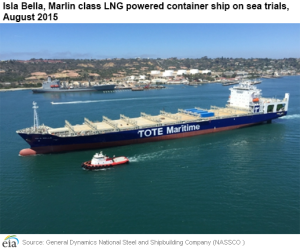On August 30, 2013, the Texas Supreme Court decided two cases involving the Episcopal Church of the United States. Last week, the U.S. Supreme Court refused to hear the cases, making the results final. (In case you’re wondering, this has nothing to do with oil and gas. The cases are of interest to me as an Episcopalian.) The two cases were basically a fight over ownership of church property. The parties engaged some of the most powerful firms and lawyers in the state, and multiple amicus briefs were filed. And the cases grapple with the right to free exercise of religion guaranteed by the First Amendment of the U.S. Constitution.
There are about 4.5 million Episcopalians in the U.S. — fewer than the number of Baptists, Methodists, Mormons, Lutherans, or Presbyterians. Episcopalians, however, are often some of the elite and most powerful members of society in the U.S. The Episcopal Church in America was founded in 1789 and is a part of the Anglican Communion, which has about 80 million members worldwide. The Church is associated with and has its roots in the Church of England, founded by Henry VIII when Pope Clement VIII refused to approve the annulment of Henry’s marriage to Catherine of Aragon.
The two cases decided by the Texas Supreme Court last year, The Episcopal Diocese of Fort Worth v. The Episcopal Church, and Masterson v. The Diocese of Northwest Texas, have their genesis in the consecration of Gene Robinson by the Diocese of New Hampshire in 2004 — the first openly gay bishop in the Episcopal Church. In response, the Diocese of Fort Worth voted in 2007 and 2008 to withdraw from the Episcopal Church and enter into membership with the Anglican Province of the Southern Cone, a group of Anglican churches in South America. And the Diocese claimed to still own the properties of the churches within the Diocese of Fort Worth. (Three churches in the Diocese did not agree with the Diocese’s action and withdrew from the Diocese; the Diocese transferred property used by those churches to them.)
 Oil and Gas Lawyer Blog
Oil and Gas Lawyer Blog





